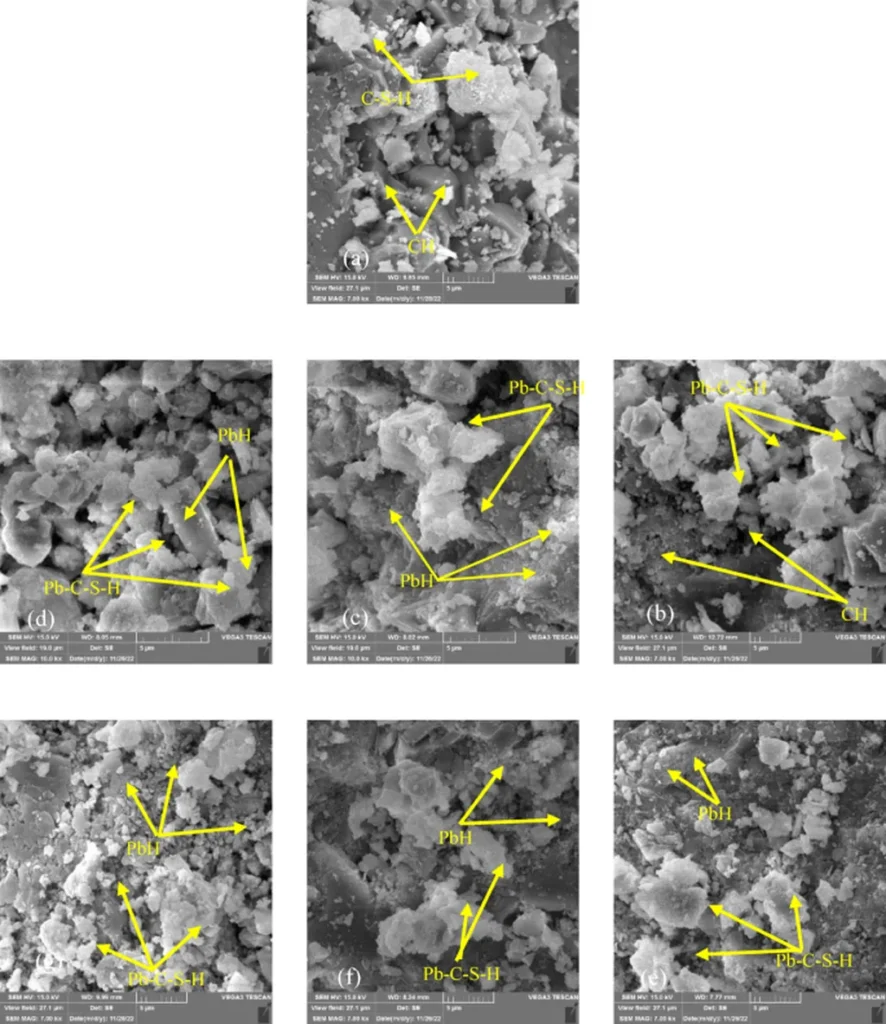In the quest to mitigate industrial pollution, researchers have turned an innovative eye towards construction materials, uncovering a potential dual-purpose solution that could reshape waste management and construction practices. A recent study published in *Scientific Reports* (translated from Persian as “Nature Reports”) explores the long-term effects of lead-contaminated water on concrete, offering insights that could influence the energy and construction sectors.
Lead contamination from industrial activities like smelting, refining, and petrochemical operations poses a significant environmental threat. Traditional mitigation strategies often involve costly and complex processes. However, a study led by Sedigheh Ghasemi from the Faculty of Engineering at Kharazmi University suggests that cement-based materials could offer a promising approach to stabilize and solidify lead contaminants, integrating environmental management with construction applications.
The research team prepared 210 concrete specimens using mixing water with varying lead concentrations, ranging from 0 to 0.05 M. Over a period of up to 730 days, they conducted compressive strength tests and assessed pollutant retention using the toxicity characteristic leaching procedure. Microstructural analyses through X-ray diffraction, scanning electron microscopy, and energy dispersive X-ray spectroscopy revealed that lead contamination disrupted cement hydration by forming Pb(OH)2 and Pb-C-S-H phases, which inhibited the nucleation and growth of primary hydration products.
“Lead contamination significantly affects the mechanical properties of concrete,” Ghasemi explained. “At the highest lead concentration of 0.05 M, we observed a 61% reduction in compressive strength after 365 days, with further deterioration to 14 MPa after 730 days.”
Despite the mechanical degradation, the study found that the stabilization process significantly reduced lead leaching, maintaining compliance with environmental standards for non-structural applications. This finding highlights the feasibility of employing lead-contaminated water in controlled construction uses, particularly in the energy sector where waste management and construction often intersect.
The implications of this research are far-reaching. For the energy sector, which often grapples with the challenge of managing lead-contaminated effluents, this study offers a potential solution that could reduce waste management costs and environmental impact. By integrating stabilization and solidification techniques into construction practices, energy companies could potentially repurpose contaminated water in non-structural applications, such as foundations or barriers, without compromising environmental safety.
Moreover, the study underscores the importance of long-term testing in assessing the durability and performance of construction materials. “Our findings emphasize the critical need to account for long-term mechanical performance reductions when designing stabilization and solidification-based waste management solutions,” Ghasemi noted.
As the construction and energy sectors continue to evolve, the integration of environmental management strategies into construction practices could become a standard approach. This research not only advances our understanding of the long-term effects of lead contamination on concrete but also paves the way for innovative solutions that balance environmental sustainability with practical construction applications.
In the words of Ghasemi, “This study is a step towards a more sustainable future, where waste management and construction can go hand in hand.” As the industry continues to innovate, the insights from this research could shape future developments, driving the energy and construction sectors towards more sustainable and cost-effective practices.

